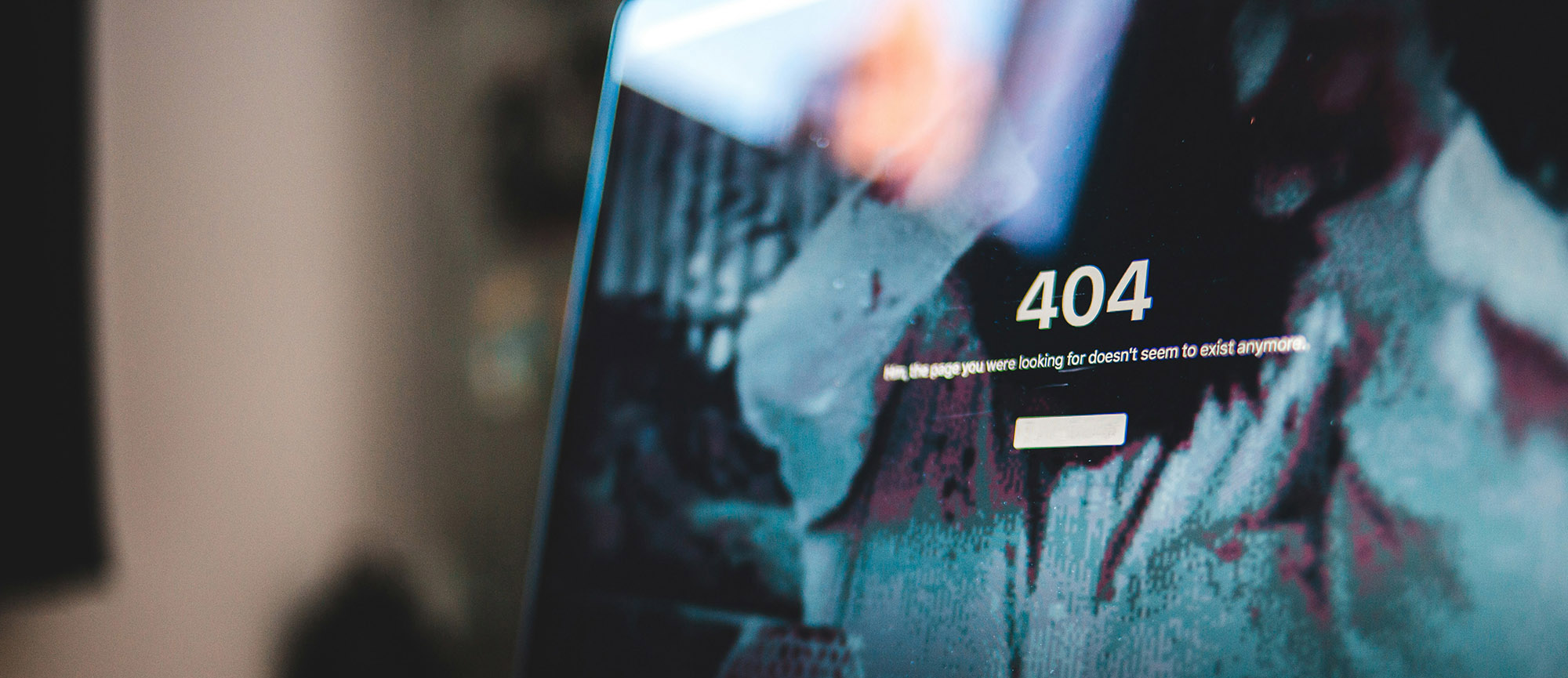When it comes to bounce rate on a website, there is a misconception about what is being measured. We’ll uncover a common misunderstanding about high bounce rate so that the next time you see this metric in your Search Engine Optimization (SEO) report, you’ll know what it means.
What is Bounce Rate?
Bounce rate is calculated when a visitor comes to a webpage but does nothing on the page before leaving. ‘Nothing’ means that they didn’t click on anything on the page such as a link, button, or form. Most good webpages, especially ones that have to do with services or products, will have what’s called a Call-to-Action (CTA) on the page. It’s the next step you want the visitor to take after absorbing the content on the page. That next step might be to read a blog post, download a guide, watch a video, or make a purchase. So, you can see how knowing the bounce rate is helpful for your marketing strategy: it tells you how well people are engaging with your content.
What Causes Web Visitors to Bail?
Just as a bad (high) bounce rate can indicate that your marketing is missing the mark, it can also be due to technical issues such as a slow loading page or images failing to load at all. But it’s important to understand why you are getting the bounce rate you are.
If you have ruled out technical page issues, turn next to the content and the marketing strategy of the page. You want visitors engaging with the content and clicking through on offers. Ensure you not only give them ways to do this, but are offering it in multiple ways (links to other relevant pages, forms to download content, social sharing links, etc).
Put yourself in your ideal buyer’s shoes and then take a look at the page in question. Identify at what stage of the buying cycle, or buyer’s journey, the visitor is in when they visit that page. Examine your page and offers with that lens and ensure the offers are right for where that person is in the buying cycle. For example, if you sell a high dollar item such as custom leather bags and your visitor is on a page describing your leather sourcing and unique stitching process, it’s not the place for a button or pop-up that says ‘Buy Now’. The visitor is seeking information about your company and product and is in the awareness stage of the buyer’s journey. A more appropriate CTA would be something like ‘Watch Our Bags Being Made with Love’ and a link to a video. Or, ‘See Our Red Stitch Collection’.
Is a High Bounce Rate Always a Bad Thing?
Now here’s where a common misunderstanding comes into play. Let’s say you see a high bounce rate on a page and when you look further at each visitor page session you see some page sessions at zero seconds. So, you assume that means the visit immediately ended in a bounce.
However, there’s a key piece of information missing on which Google cannot rely. The zero seconds portion is because without a second click on that page, there’s no way for Google to determine duration. Google doesn’t know if the visitor sat on the page for three minutes, reading, and then closed the website, or if they left after ten seconds. In other words, all single page visits register as zero duration.
Once you understand that, you can take it into consideration when evaluating your bounce rate. Consider the purpose of the page. If it’s your home page that has a high bounce rate, this is a problem because you want people to come to your website, find the information relevant, and click forward to more pages or offers because what they have found meets their needs and/or provides a good user experience.
But if your high bounce rate is on a page like a blog post, a page that the visitor probably came to from a social media post, or an eNewsletter, etc, it’s more expected that they came to read the topic of the article, and left after reading it.
What’s a Good Bounce Rate?
Now that you know all of the factors that go into measuring bounce rate, and assessing it, we can get down to some numbers.
According to Semrush:
A bounce rate of 56% to 70% is on the high side, although there could be a good reason for this, and 41% to 55% would be considered an average bounce rate. An optimal bounce rate would be in the 26% to 40% range.
As with everything SEO related, there is value in the data that you receive, but you must first ensure you have all the information about how that data is measured!
